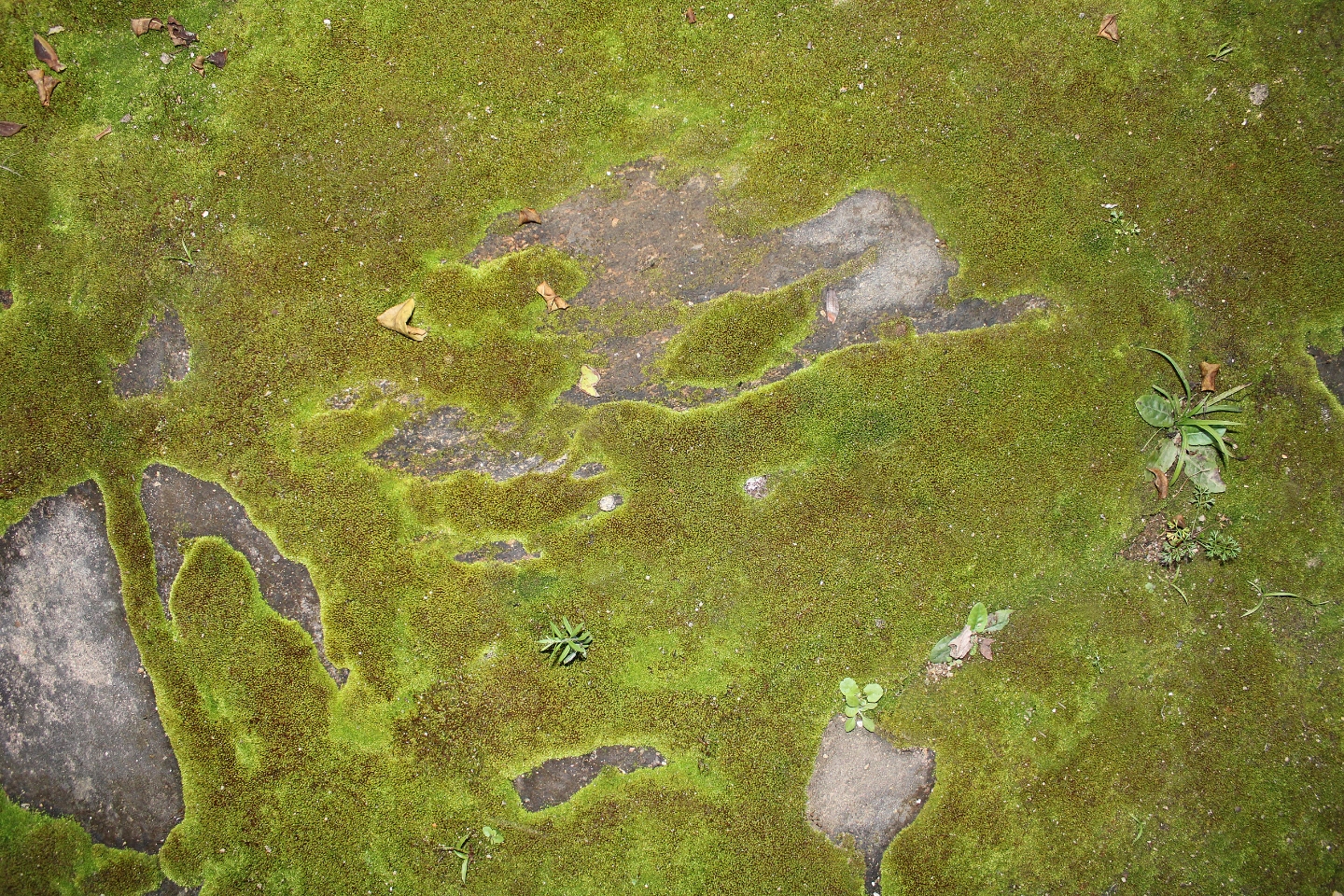We hope you were able to attend our free lagoon webinar on the biology of algae and duckweed. If not, it’s available to watch at your convenience on our YouTube channel (linked below) or through our Lagooniversity portal.
Webinar attendees posed a bunch of great questions during the Q&A session. Following are the some of the questions with presenter Julie Hartwig’s answers.

Julie Hartwig has a BS in Civil Engineering from the University of Illinois at Urbana-Champaign, a master’s in Environmental Engineering from Penn State, and hands-on experience in wastewater troubleshooting as a rep for a major water technology company.
Lagoon Algae and Duckweed Q & A
How do you decide which solution is good for your facility when you have a problem? Great question! The first step in figuring out the best solution for your facility is defining the exact nature of the problems you are experiencing— high effluent TSS? Odor complaints? Low DO? This can help you determine whether you need to kill the duckweed/algae in the lagoon itself, or look for a solution to keep it out of your effluent. Another question to ask is how urgent the problem is and if it has been an issue in years past—a one-time algae bloom due to an upset may be a better candidate for a quick chemical fix than a recurring issue that gets the plant in trouble every summer. The last concern will be manpower and budget, which will help narrow down which solutions are feasible. If you need help, please feel free to reach out to us!
Are there any classic predatorial bacteria/virus species to duckweed? I do not know of any predatorial microbes that prey on duckweed—it’s pretty robust stuff.
Do you have any technology for loading bacteria to the lagoon for wastewater treatment? Bioaugmentation can play a part in fighting algae and duckweed, especially in reducing the sludge that provides the nutrients for them to grow. For help with bioaugmentation, please see this video interview blog post with our friends at Aquafix.
Does duckweed cause pH problems? Duckweed generally does not cause pH problems like algae does. Because they float on the surface they get a lot of what they need from the air rather than the water, so they have less effect on water chemistry. Duckweed will actually start to die off in high pH conditions; they prefer to live in water with a pH between 7–8 and can survive up to 9.
Carp Zone

Name of the carp and where to get it? The desired species of carp are triploid grass carp. Your state’s Department of Agriculture will have a list of approved triploid carp dealers, as they are very popular for vegetation control in recreational ponds. Most states also require a permit to be filed for stocking grass carp in ponds.
Does the grass carp need to be sterile, to avoid reproduction? Grass carp are a non-native species that can damage local waterways if they escape and reproduce, so they must be sterile to be safely stocked. This is also advantageous for wastewater plants for preventing ammonia issues from an overpopulation of fish in the pond.
How many grass carp are recommended per acre? The typical recommended stocking rate is 5–10 per acre. I would recommend starting out on the low end of the stocking density, as carp that run out of food will start to root around in the sludge and may cause turbidity issues. Carp should be stocked at 10–12” long to reduce their likelihood of being eaten by predators.
Do carp also take algae? Unfortunately not—carp are not known to eat algae. They will eat rooted shore vegetation in addition to duckweed.
Will the carp survive under ice? The carp should go dormant in the winter and survive under ice. In my personal experience, this is even more likely if the pond doesn’t completely ice over, allowing accumulated gases to escape that may otherwise harm the fish.
Duckweed Disposal Questions
Do you need a permit to dispose of duckweed? And do you need a Hazmat permit to haul it? What do you recommend in terms of drying and disposing of duckweed after it is skimmed off a lagoon cell? Can the duckweed be disposed of by composting? Legally speaking, duckweed should be considered equivalent to wastewater sludge for treatment and disposal. Exact methods will depend on state regulations and the plant’s situation. An easy and popular method is to dry the duckweed on the banks of the lagoon itself—it will deplete in volume considerably and over time will break down into the soil, and any runoff will be captured back into the lagoon. Offsite removal can be accomplished by hauling to a landfill, or it can be land applied or composted with the appropriate permits.
Algae Control Methods
I have heard that you can add pond dye to help combat these issues—is that true? What color dye? There are many pond dyes on the market to provide algae control and beautification to ornamental and recreational ponds. They are typically some combination of blue, green, or black for a natural looking effect. We do not recommend the use of dye in wastewater lagoons because there is no way to keep the dye out of the effluent. Even in lagoons with a long residency time, dye would be continuously flowing out with the effluent and would need to be frequently refreshed to maintain an effective concentration. Not only can dye cause permit violations on turbidity and color, but it can also interfere with UV disinfection systems.
Have you seen issues with algae causing high pH in a lagoon? What’s a common pH in a lagoon? Normally, lagoons operate with a neutral pH around 7–8, but algae can push the pH as high as 9.5 to even 10 near the surface. Algae does this by scavenging CO2 from the water as they eat. CO2 has an acidic effect on the pH balance of the water, so when it is removed the pH will rise. The pH effect does not only occur when the lagoon is obviously matted with algae— there are some species of algae that will leave the water looking fairly clear while having a big effect on pH. The best way to control this is by controlling the algae itself, rather than adding pH control chemicals to the lagoon water.
What do you think about the ultrasonic method of algae control? How does it work? Ultrasonic algae treatment works by vibrating the water in a way that damages algae cells. The ultrasonic pulses are released by floating pods in the lagoon, and take several days to several weeks to start working. We do not have very many installation references in lagoons; the manufacturers of ultrasonic devices may be able to provide more. The following video interview with LG Sonic can provide some insight.
Does the copper in copper sulfate accumulate in the sludge? The copper sulfate does accumulate in the sludge at the bottom of the lagoon. Newer formulations are being designed that stay in the water column longer and allow the operator to use less, but this has been a common drawback of the chemical treatment approach. Copper sulfate may also cause toxicity failures on effluent testing, according to another webinar participant.

